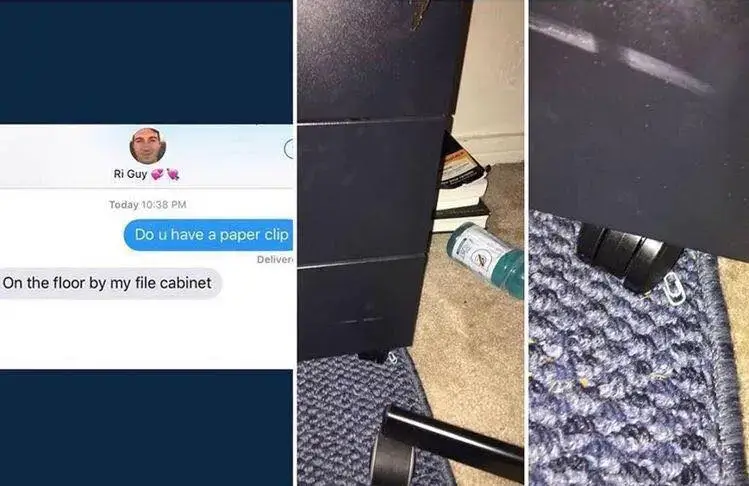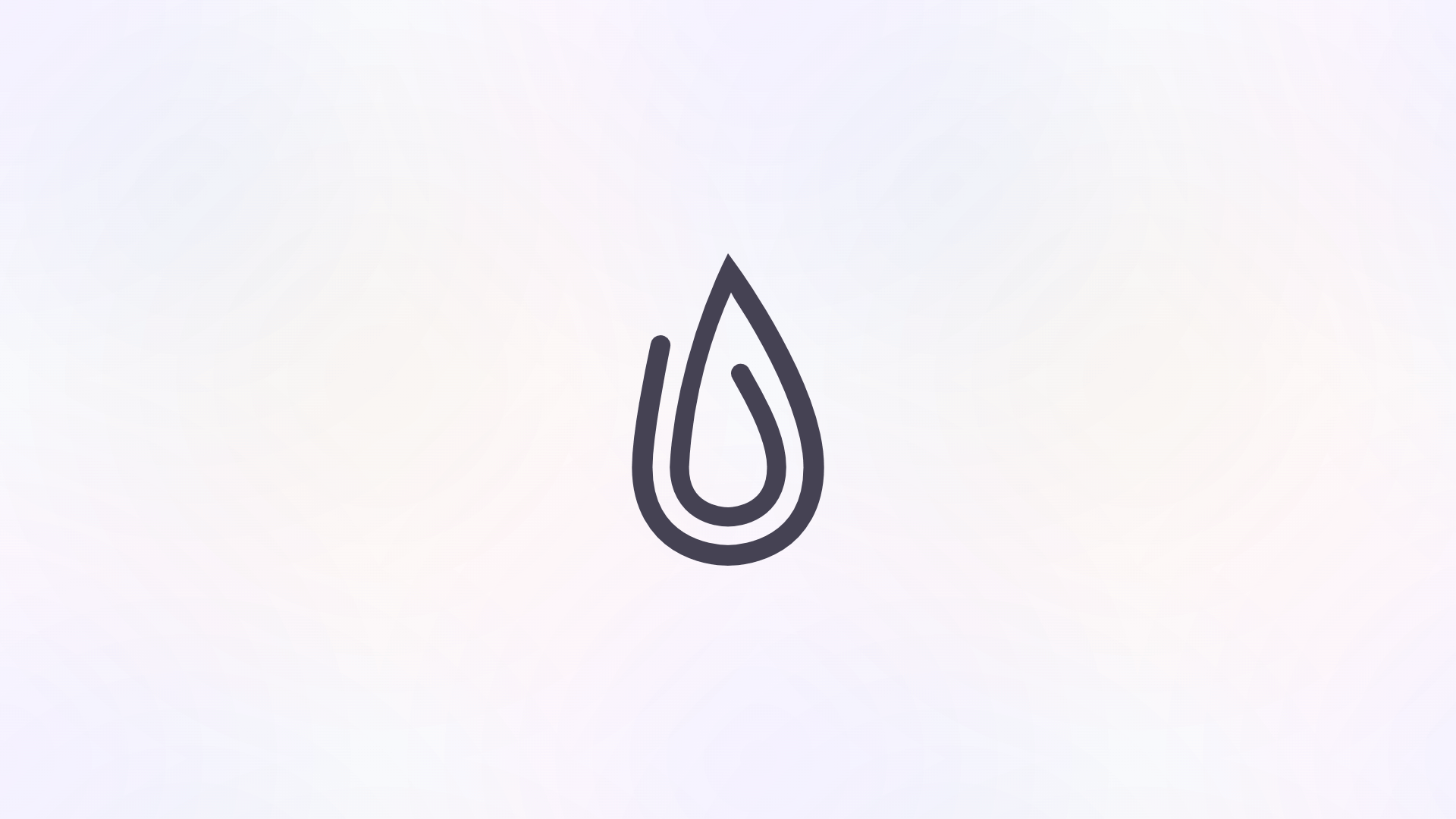Do you have a paperclip?
I’ll come back to this question in a moment.
Basements, garages, storage units, things get stashed and are quickly forgotten because they’re out of sight. The same thing happens with our digital content. Documents, notes, links, etc. get buried in layers of user-interface debris, sometimes created by ourselves.
With real stuff, you can just walk into the garage, the basement, the storage unit and look around, but if you don’t make a concerted effort, you’ll forget what’s there.
However, when something is regularly in view, even if it’s unimportant most of the time, you’ll remember it when it becomes important. What do I mean? 👇

This guy just let that paperclip sit on the floor for who knows how long. Every time he walked by, his brain registered it, he probably thought little of it, and then he went about his day.
But each time he walked by, his brain refreshed the existence of the paperclip in his mind. So when it did become important (“Do you have a paperclip?”), he had the answer in an instant.
This is hard to do with digital content.
Because we just don’t see most of it that often.
There’s only so much screen real-estate and your content has to share precious pixel space with user-interface elements in addition to being completely out of sight when you’re switching tabs.
Digital content gets lost fast, it’s harder to remember what you have, and it’s frustrating when you can’t find it.
And we’ve all felt it. You go hunting for a document or note only to be met by a list of only recent items, but what you’re looking for was created a while ago. So you have to perform a search, but you can’t remember the name. You sit there thinking, but it’s just out of reach. “I’ll know it when I see it,” you think to yourself as 15 minutes fly by.
Or maybe you’ve built your own dashboard in one of the popular knowledge management tools, thinking you’ve built the perfect organization. But over time it got complicated with duplicate containers for the same things, internal debates of “should I store this here or here”, or you were in a hurry and told yourself “I’ll organize this later.”
The result is a organizational mess that’s buried out of site causing you to stare at the dashboard you made trying to remember where things are.
But work IS sometimes messy—that’s just life. You’re in a hurry, you need to jot something down. There’s no time to file it away under the perfect category you made. And so you jot it down and go, only to come back 2 hours later wondering where you put it. You don’t see it.
AI is supposed to help.
And it will—it will learn what you’re working on, it will search your content for you, and it will be great. But it’s still hard to trust the results it gives you. Did you want copy A or B that’s nearly identical, or did it forget what you were working on because the chat thread got too long?
BUT, even if it becomes flawless, it still won’t give you the paperclip effect. That’s the wonder of your eyes and brain that only you can do.
There’s no just no equivalent of “On the floor by my filing cabinet” in most digital tools.
That’s why I made Opal. It maximizes Information Scent—what you see is what your brain will process and hold in memory for longer. As you pan around your content, your brain will pick up the scent of other projects and content, even if you’re not actively working on them, so you’re more likely to remember them later when they become important.
Like the paperclip.
And that mess of notes you made when you were in a hurry, you’re more likely to see them when they don’t matter and more likely to remember them when they do.
If this sounds like something that could help you, join the wait-list, and I’ll send you an invite as soon as I can.
Opal is built and has active users, but it’s in the early stages and I want to make sure you have the best experience possible, especially while it’s still in beta.
Who Am I?
My name is Chevas Balloun and I’ve built websites, designed products and brands, and provided UI/UX consulting for B2B services and SaaS companies for 20 years.
- I’ve helped develop over 100 internal properties for Microsoft for various groups.
- I’ve designed a number of internal and external web applications.
- I’m also a board game / RPG designer hobbyist.
And there’s ONE thing I’ve learned throughout the years in my craft that will delight users and make a product win or will frustrate users and drive a product into the ground:
It’s not just what any given tool or product does, but the way it does it matters. Design and experience matter.
And the way Opal does things is different and I hope it delights you as much as it delights me.


